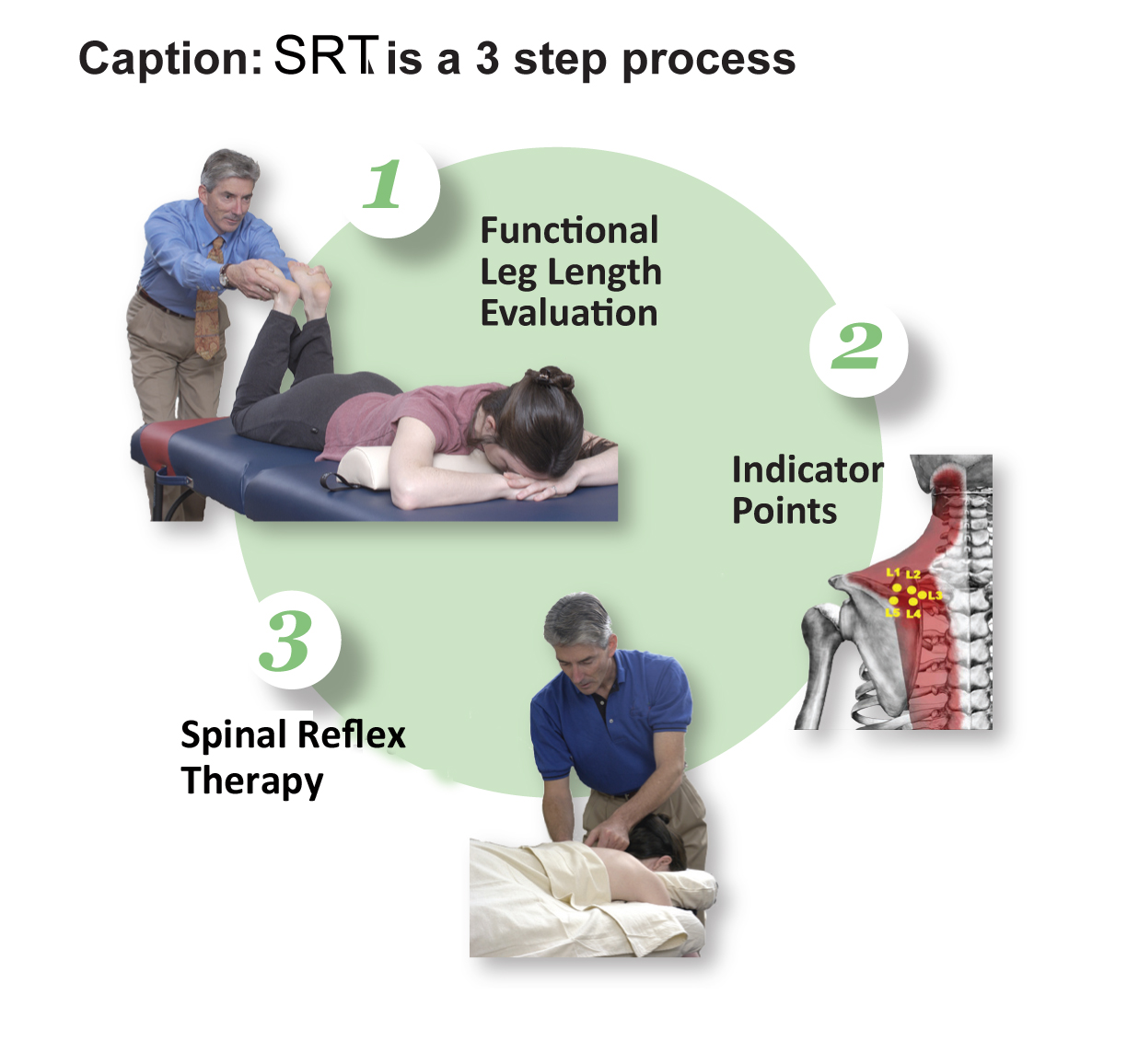The SRS Begins
An SRS is rooted in the embryological origin of the boney spine and its’ respective cartilage and ligaments. Understanding its dysfunctional state is a critical factor in understanding trigger point development and its role as another source of chronic pain over a given lifetime.
Overstretch or trauma to facet capsular ligament’s slow stretch mechanoreceptors result in ligament laxity, sclerotome pain and spondylogenic reflex syndromes. Innervated through a single spinal nerve or its branches, the SRS was discovered by Kelligren and researched by numerous authors over the past 75 years. The term (SRS) was originally coined by Sutter and ongoing research into the underlying pathophysiology of facet joint muscle activation was published as recently as 2014.
Acute or chronic facet ligament laxity, mechanoreceptor signaling, reflexive effector target tissue facilitation and progressive pain signaling via neuronal excitability, glutamate signaling8, nerve growth factor and peptidergic joint afferents form a complicated relationship between function, dysfunction and pain. Spondylogenic reflexes are hardwired into all of us and if we have 7 or 7 billion clients experiencing the same SRS, they will all involuntarily contract the exact same muscle fibers without variation. From this neurological fact, we can now therapeutically rely on the SRS to produce specific patterns of muscle contractions that are predictable, dependable and reproducible - every time. And we can then find them swiftly, treat them systematically and globally reduce or eliminate most trigger point pain and dysfunction without treating the trigger point itself.
The SRS Initiates Trigger Point Activity
The SRS will always activate or facilitate predefined effector target tissues (muscle, viscera and gland) to include partial or whole muscles in the head, neck, torso, pelvis and extremities. Once activated, the SRS becomes a cascade of reflexive muscle facilitation and a specific, yet broad subset of dysfunction as described above.
Trigger points develop within the muscles activated by the SRS due to accumulated metabolic waist driven by the unrelenting over-facilitation. The longer the SRS is “stuck-on”, the greater the incidence and severity of the trigger points. The hallmark of an active SRS is persistent multi-muscle “over facilitation and hypertonicity”. Persistent over-facilitation restricts arterial blood flow and venous-lymphatic drainage. This in turn, leads to muscle hypoxia, nutritional deprivation, metabolic toxicity and tissue acidosis. Overall muscle fatigue and the migration of accumulated metabolic waste to the muscle-fascia interface (trigger point development) are essentially due to insufficient clearing.
The fascia, not the muscle belly contains nociceptors (pain receptors) subject to the accumulated waste under the fascia. Noxious stimulation generates pain referral to other regions of the body. The metabolic waste site also becomes the palpable location of the trigger point (myofascial dysfunction) and the source of pain (myofascial in origin).
Clearing rates are further complicated by factors to include, but not limited to nutritional deficiencies, prolonged muscle loading, traumatic muscle overload, joint tracking error, aberrant biomechanics, physical deconditioning, poor lymphatics, poor cardiopulmonary function, poor posture and low core temperature*.
The SRS can last indefinitely and further drive an expanding cascade of reactions to include secondary reciprocally facilitate muscles which will in turn reciprocally inhibited opposing muscles throughout the body. We feel those reflexively taught and slack fibers throughout our massage session. The client feels the tenderness and pain consistent with their complaint(s).
They also feel the relief from pain when you we identify and shut down those very reactions.
Globally resolving multiple trigger points rather than treating one at a time is one of many therapeutic benefits of treating the spondylogenic reflex syndrome. This approach results in much less physical work, is substantially faster and leads to long term functional objective improvement (outcome) in most of our clients.







